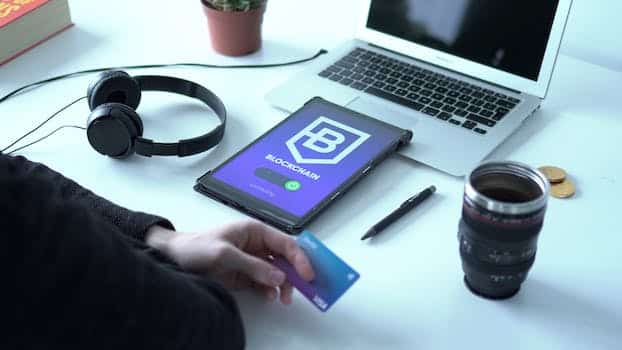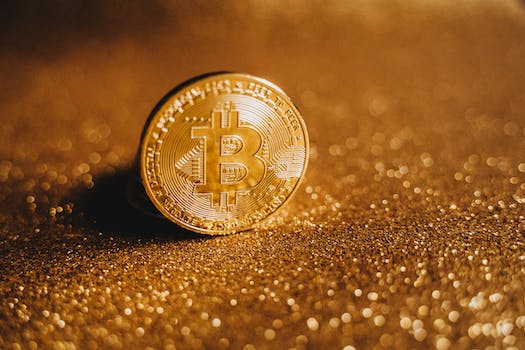Have you ever wondered how your smart home devices communicate with each other? Or how your fitness tracker knows how many steps you’ve taken? The answer lies in the Internet of Things (IoT), a network of interconnected devices that collect and exchange data. But what if we could make this network even more secure and efficient? That’s where blockchain technology comes in.
Blockchain is a decentralized ledger that records transactions in a secure and transparent way. It eliminates the need for intermediaries like banks or governments and allows for peer-to-peer transactions. By combining blockchain with IoT, we can create a decentralized network that is even more secure and efficient.
One of the main benefits of using blockchain in IoT is increased security. With traditional centralized networks, there is a single point of failure that can be exploited by hackers. But with a decentralized network, there is no single point of failure. Each node in the network has a copy of the ledger, making it virtually impossible for hackers to tamper with the data.
Another benefit of using blockchain in IoT is increased efficiency. With traditional centralized networks, there is often a delay in data transfer due to the need for intermediaries. But with a decentralized network, transactions can be processed instantly without the need for intermediaries.
One example of blockchain and IoT in action is in the finance industry. Banks and financial institutions are using blockchain to streamline processes and reduce costs. For example, blockchain can be used to verify the identity of customers and reduce the risk of fraud. It can also be used to automate the settlement of trades, reducing the time and cost of processing transactions.
In conclusion, the combination of blockchain and IoT has the potential to revolutionize the way we think about networks. By creating a decentralized network, we can increase security and efficiency, and reduce the need for intermediaries. As we continue to explore the possibilities of this technology, we can expect to see more use cases in industries like finance, healthcare, and transportation.





